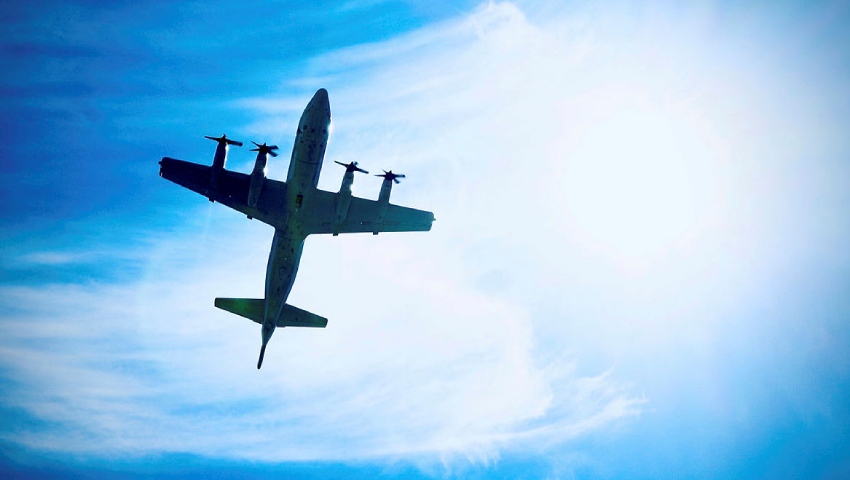An acceleration in the development of advanced EW technology is set to trigger a surge in investment over the coming decade, new research has revealed.
To continue reading the rest of this article, please log in.
Create free account to get unlimited news articles and more!
According to an analysis from GlobalData, the international electronic warfare (EW) market could be worth $11.8 billion by 2031, representing a compound annual growth rate (CAGR) of approximately 4.22 per cent.
This spike is expected to be triggered by an acceleration in the development of new, innovative capabilities, including cognitive EW technologies, the incorporation of Gallium-Nitride (GaN) technology into phased-array antennas, and miniaturisation of EW systems.
Venkatesh Kandlikar, defence analyst at GlobalData, noted an increase in the integration of such technologies in both new and existing military platforms.
“Countries around the world are stressing not only the integration of modern EW systems with next-generation aerial platforms, but also the enhancement of existing airborne warfare platforms to provide superior situational awareness, electromagnetic attack, and countermeasure capabilities with new sensors and more powerful digital signal processing,” Kandlikar said.
“Additionally, the increased use and proliferation of unmanned aerial vehicles (UAVs) is expected to aid growth of the airborne platform EW segment in the coming years, as the UAVs are now being regarded as dedicated EW platforms, having previously been utilised exclusively for intelligence, surveillance, and reconnaissance (ISR) and combat missions.”
The integration of cognitive control mechanism with electronic countermeasures is tipped to address existing limitations associated with legacy EW systems, including an inability to handle high load and unresponsiveness to new and emerging threats.
A ramp up in the adoption of mini and nano UAVs in tactical missions is also expected to drive miniaturisation of EW systems on UAV platforms.
“Over the forecast period, the evolution of electronic counter-countermeasures will also push EW system manufacturers to modernise and refine EW systems resulting in increased and sustained investment in research and development in the sector,” Kandlikar added.
[[Related: DEWC Systems, REDARC partner on development of electronic warfare capabilities]

 Login
Login







